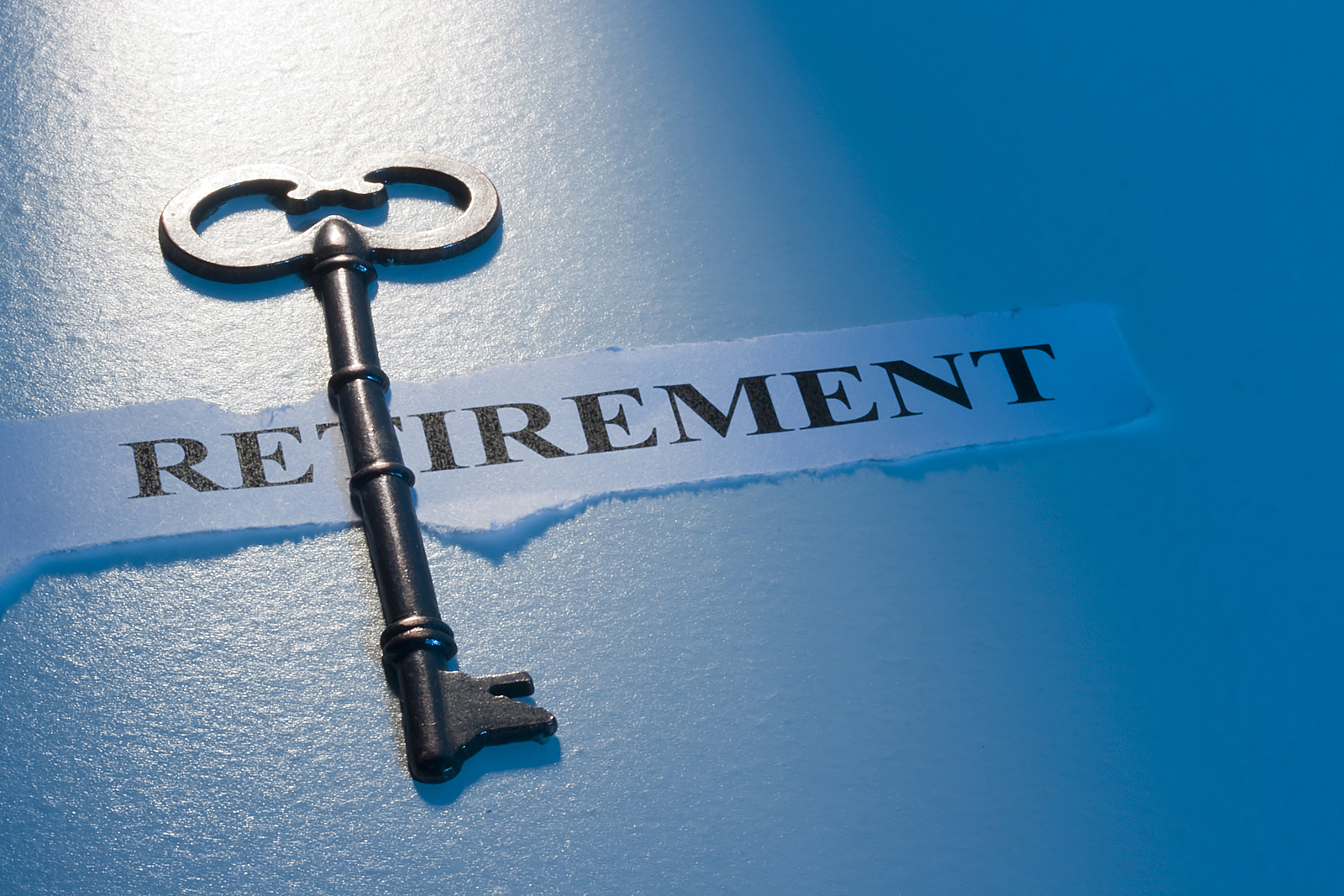Retirement Crisis in America: How policymakers are Failing
Some predictions by futurists might appear like pure science fiction, but it is interesting to know that some of them might turn into reality. For instance, the prediction that some people will live more than 130 years in the coming years seems a possibility with the recent advancements in nutrition, lifestyle, and medicine.
The math of retirement savings is bound to change with the current trends. In the recent years, most people have become aware of the looming retirement crisis as the writing is already on the wall. Examples of recent events that signify a looming crisis include; an ineffective self-funding retirement, social security becoming the primary source of retirement income, and the end of corporate pensions.
The current retirement savings statistics are alarming and there is a need for policymakers to do something. For instance, the average retirement savings for 50 % of Baby Boomers and Gen Xers stand at $100,000 and $10,000 respectively.
Such figures would guarantee one a comfortable retirement in previous years, but that is no longer the case. As a result, millennials are bound to face a retirement crisis due to the ever-increasing financial pressures, which means that millions of Americans will end up living a retirement life full of financial challenges and yet they worked very hard for many years.
The future federal deficit is more likely to increase with the constant calls for the “safety net” to be expanded. As a result, the country is more likely to face an economic catastrophe, and that is why there are calls for policy changes. There is a need for policymakers and the insurance industry to come together and design policies that will save this country from the impending financial tragedy.
Techniques such as risk pooling can be adopted by insurance companies to minimize the risks that millions of Americans are likely to face when they retire. It is essential to have a reliable and protected retirement income for both derail and public sector employees, and this takes a collective effort self-regulatory, federal, and state policymakers to come up with the right policies for retirement benefits.
The current disclosure requirements and standards of conduct are inconsistent, complex, and multiple. As a result, there is a lot of confusion and increased costs due to limited access to advice. Therefore, the current regulatory thicket needs to be addressed to improve financial education and provide financial empowerment for consumers.







